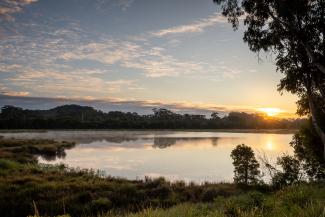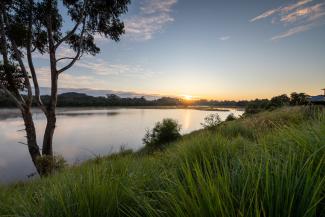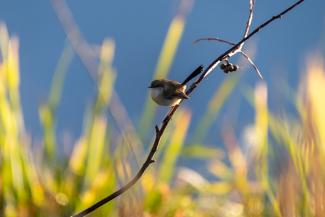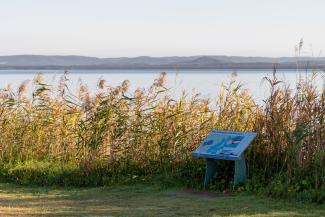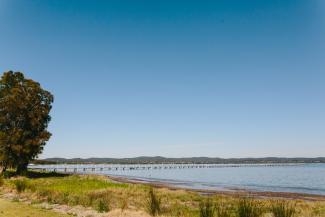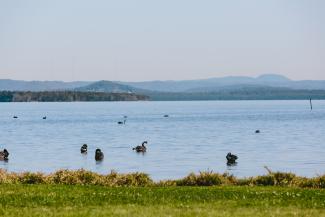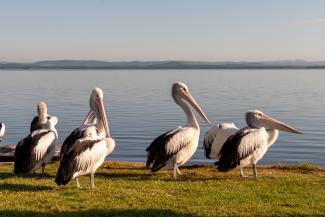Enacted in 2016, the Coastal Management Act (CM Act) has provided the statutory framework for the management of coastal environments in NSW. Under this legislation, the local councils are required to prepare their own Coastal Management Programs, which aim to replace the existing Estuary Management Plans and Coastal Zone Management Plans.
Coastal Management Programs (CMPs) set the long-term strategy for thecoordinated management of the coast, with a focus on achieving the objectives of the CM Act. These documents serve to identify specific coastal management issues and formulate the actions to address them in an integrated way. For example, the CMPs detail the exact schedule and specifics of operations, as well as advise on their costs, proposed cost-sharing arrangements and other viable funding mechanisms.
The CM Act, along with other similar legislation, establishes specific roles and responsibilities for relevant Ministers, the NSW Coastal Council, public authorities and local councils. It also provides consultation opportunities for the local communities to participate in the preparations of a local CMP.
Central Coast Council will continue to work with the NSW Government and our community to develop a new Coastal Management Program for Tuggerah Lakes over the coming few years.
For more information, visit the NSW Government's Coast Management Programs.
Healthy Catchment = Healthy Estuary
The chicken or the egg causality dilemma has baffled philosophers for centuries. Curiously, it also applies to the waterways. If someone looks at the estuary wondering how to manage it, they are mistaken. The Tuggerah Lakes catchment is roughly ten times the size of the estuary itself, so what happens there, determines the health of our waters. Granted, it is a healthy catchment that makes a healthy estuary, not the other way around. The last 20 years of research of Tuggerah Lakes have proven that link.
Still, this connection wasn't always understood. Poor management of the catchment has contributed to some level of decline in our waterways system. Fortunately, thanks to our measured, science-based programs, we are glad to say that the ecological health of our estuary has been improving.
Below, you can find out how Council is striving to make our catchment healthy and enjoyable for everyone.
Protecting the Pristine
Healthy Streambanks
Streambanks are the areas of land running along the edge of rivers and creeks. Vegetation that grows here is very distinct – it can tolerate both being inundated with water and long periods of dryness.
The Riparian Zone
The streambank area is known as the riparian zone, which acts as a buffer between land and water. Its plants help to stabilise soil and filter out sediment before it enters the water, providing habitat for a variety of wildlife. Some animals use streambanks for shelter, while others – like frogs and lizards – frequently move between the land and water to find food.
Over many years, people have been clearing the floodplain and river valleys, often going as far as the riparian land, or even right up to the streambank. Our streams are naturally sandy, and without the vegetation to bind them together, they become vulnerable to erosion. Once a bank gets destabilised, it is tricky to bring it back to a stable condition, resulting in a sequence of flow-on effects for nearby parts of the stream.
Most of the time, the stream erodes gradually. Yet there are also times, especially in steeper parts of the streambank, when this occurs suddenly and large chunks of the bank are cut away by the fast-flowing water. This activity liberates big volumes of sediment that wash downstream, causing the creek and the estuary to become murky. Inevitably, the plants and seagrass suffer too, as they need the light to grow, and if the water stays cloudy for too long, they may start to die off. We have estimated that half of the seagrass in Tuggerah Lakes has been lost this way since European settlement.
Unfortunately, many streambanks in the Tuggerah Lakes catchment are already degraded and suffering from erosion. Restoring them with riparian vegetation helps to stabilise the soil and prevents further wear. We need to remember that healthy streambanks can significantly improve the ecological value of our waterways.

